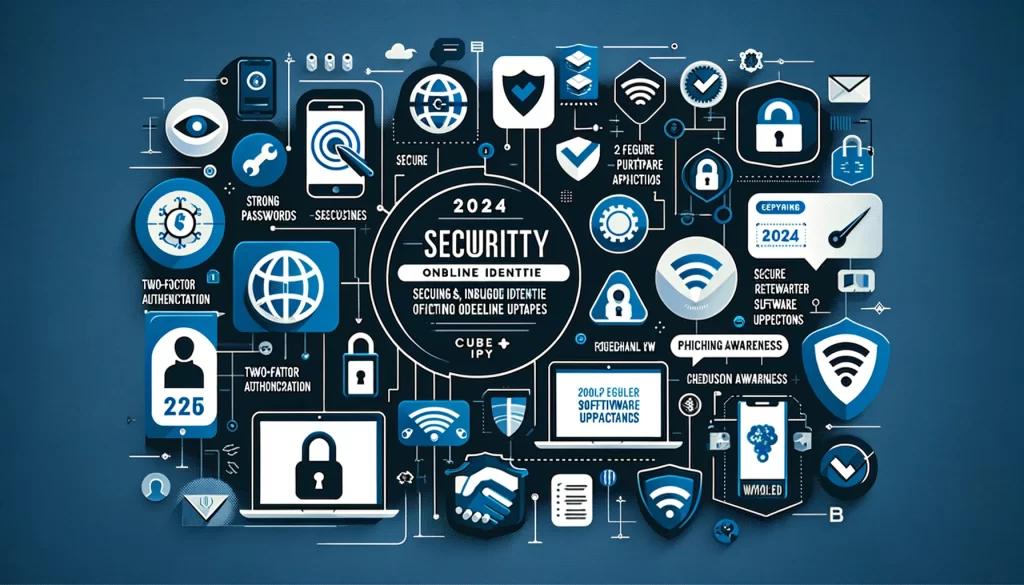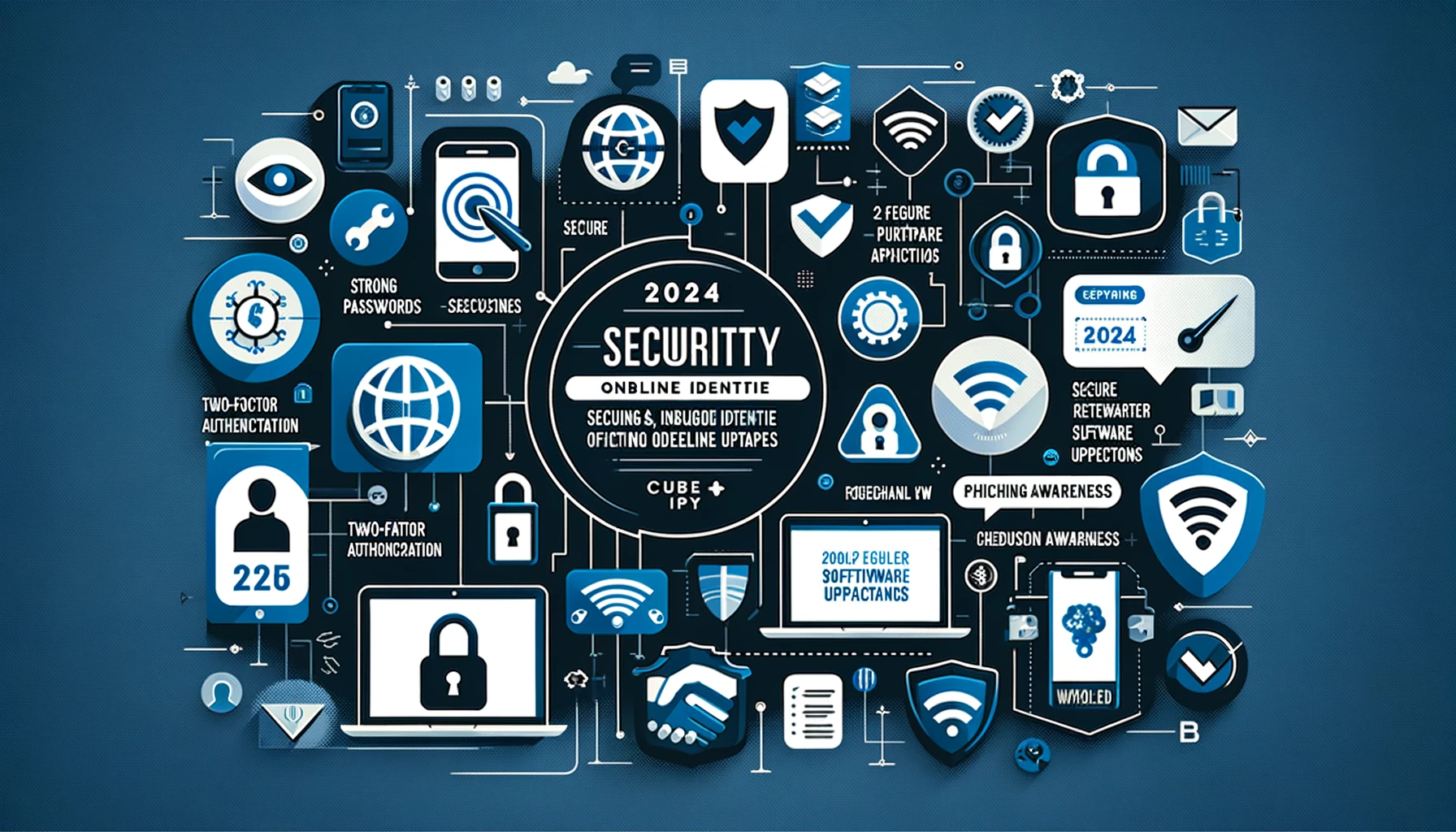In the evolving digital landscape of 2024, securing your online identity has never been more crucial. Cyber threats continue to escalate in sophistication, making it essential for everyone—from individuals to businesses—to adopt robust cybersecurity measures. This comprehensive guide delves into effective strategies and practices that can significantly enhance your online security, incorporating a 2% keyword density for “How to Secure Your Online Identity: Cybersecurity Tips for 2024.”
The Importance of Cybersecurity
Understanding the myriad threats that loom online is the first step towards protecting yourself. Cybersecurity isn’t just about safeguarding data; it’s about securing your digital persona against identity theft, fraud, and other malicious activities that can have lasting consequences.
1. Create Strong and Unique Passwords
Length and Complexity: Ensure your passwords are at least 12-16 characters long, combining letters, numbers, and symbols to create complexity. Password Managers: Use a reputable password manager to generate and store complex passwords. This tool also helps in maintaining unique passwords for different sites, which is a critical practice in personal cybersecurity.
2. Embrace Two-Factor Authentication (2FA)
Additional Security Layer: Two-factor authentication adds a crucial second layer of security by requiring a second form of identification beyond just your password. Implementation: Most online platforms now offer 2FA. Enable it for all accounts, especially those involving financial transactions or sensitive information.
3. Regularly Update Software
Patch Vulnerabilities: Keep your operating systems, applications, and any software up-to-date. Developers regularly release updates that fix security vulnerabilities. Automate Updates: Where possible, turn on automatic updates to ensure you’re always protected from the latest threats.
4. Be Wary of Phishing Attacks
Identify Suspicious Emails and Links: Learn to recognize the signs of phishing—unexpected requests for personal information, generic greetings, and misspelled URLs. Education and Training: Regularly educate yourself and your family or employees about new phishing techniques and how to handle them.
5. Use Secure and Private Internet Connections
VPN Usage: Always use a Virtual Private Network (VPN) when connecting to public Wi-Fi networks to encrypt your internet traffic. Secure Home Network: Ensure your home Wi-Fi is secured with strong passwords and the latest encryption standards (WPA3).
6. Monitor Your Digital Footprint
Regular Check-ups: Periodically review your online accounts for any unusual activity. Use services that alert you to data breaches involving your personal information. Limit Sharing: Be mindful of the personal information you share online, especially on social media platforms.
7. Secure Physical Devices
Anti-Theft Measures: Enable location tracking and remote wipe capabilities on mobile devices to protect data in case of physical theft or loss. Physical Security: Keep your devices physically secure. Do not leave them unattended in public places.

Conclusion
By implementing these cybersecurity tips, you can significantly fortify your online identity against the myriad of threats present in the digital world of 2024. It’s crucial to stay informed about the latest cybersecurity trends and continuously adapt your security practices to mitigate new risks.
This blog post aims not only to educate but also to empower you with practical steps and strategies to safeguard your online presence actively. With cyber threats evolving, proactive engagement in securing your digital life is more important than ever.

